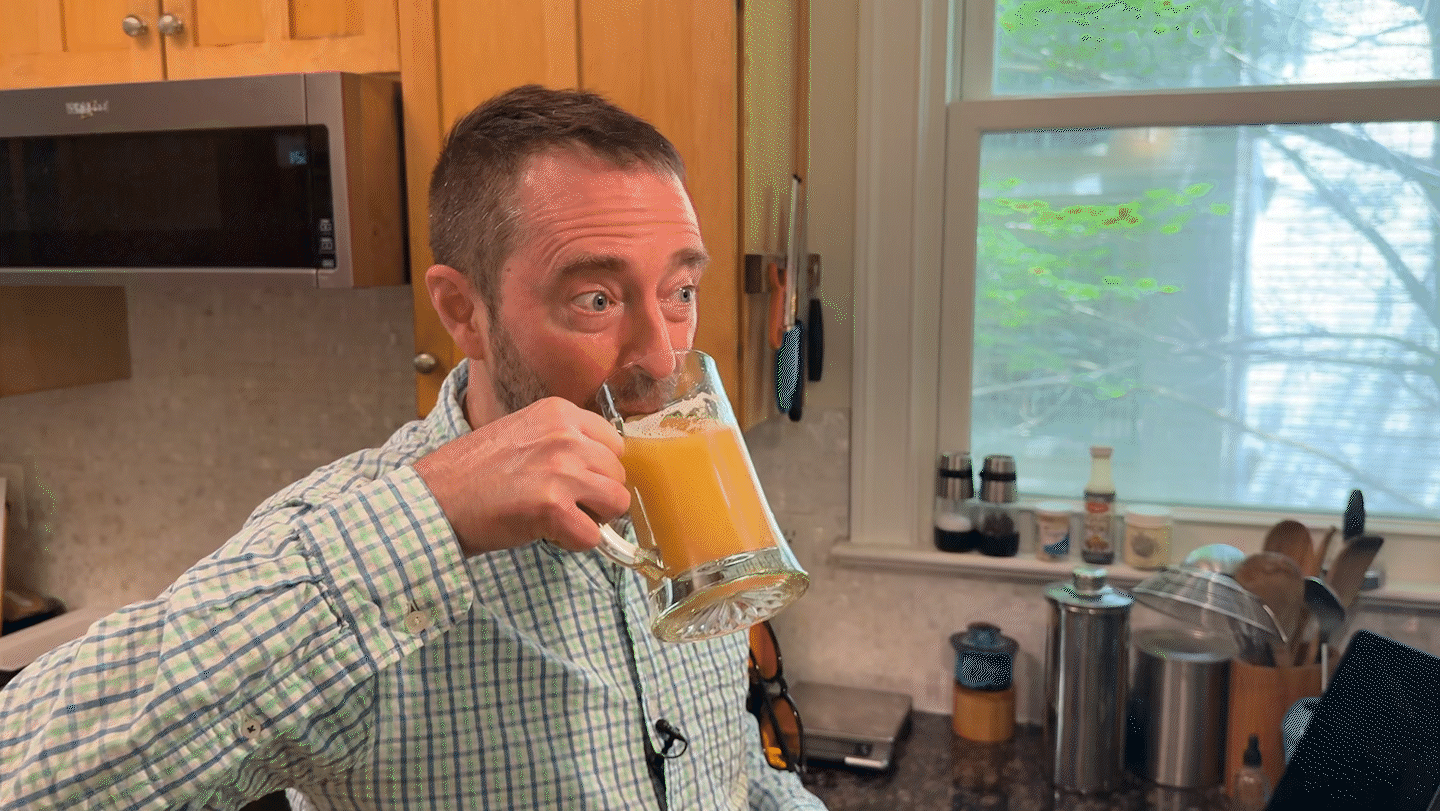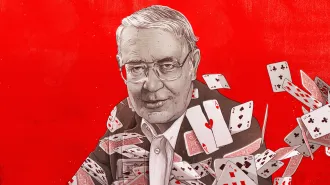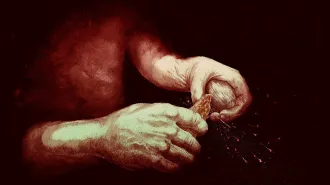
Humans
Have a taste of our favorite food stories from 2025
This year, researchers took a bite out of culinary innovation. Check out some of our favorite food-related stories from 2025.
By Carly Kay
Every print subscription comes with full digital access

This year, researchers took a bite out of culinary innovation. Check out some of our favorite food-related stories from 2025.
We summarize the week's scientific breakthroughs every Thursday.

An NIH scientist’s maverick approach reveals legal, ethical, moral, scientific and social challenges to developing potentially life-saving vaccines.

Gut problems like irritable bowel syndrome are often worse in women. A mouse study reveals a pain pathway involving estrogen, gut cells and bacteria.

Psychiatrist Robert Custer spent his life convincing doctors that compulsive gambling was not an impulse control problem. Today, his research is foundational for diagnosis and treatment.

Bragging rights and an adrenaline rush aren’t the only reasons to start the year with a frigid swim. A dip in icy water builds resilience.

In the aftermath of slavery, white psychiatrists diagnosed Black people with “religious excitement” and claimed they were unfit for freedom.

Finding that vampire bats along Peru’s coast carried H5N1 antibodies raises concerns that multiple bat species could become reservoirs for the virus.

Archaeologists found flint, iron pyrite to strike it and sediments where a fire was probably built several times at an ancient site in England.

Irritability is a normal response to frustrations, but it can sometimes signal an underlying mental health disorder, like depression or anxiety.

Tantalizing results from small trials and anecdotes raised hopes that drugs like Ozempic could help. Despite setbacks, researchers aren’t giving up yet.
Subscribers, enter your e-mail address for full access to the Science News archives and digital editions.
Not a subscriber?
Become one now.